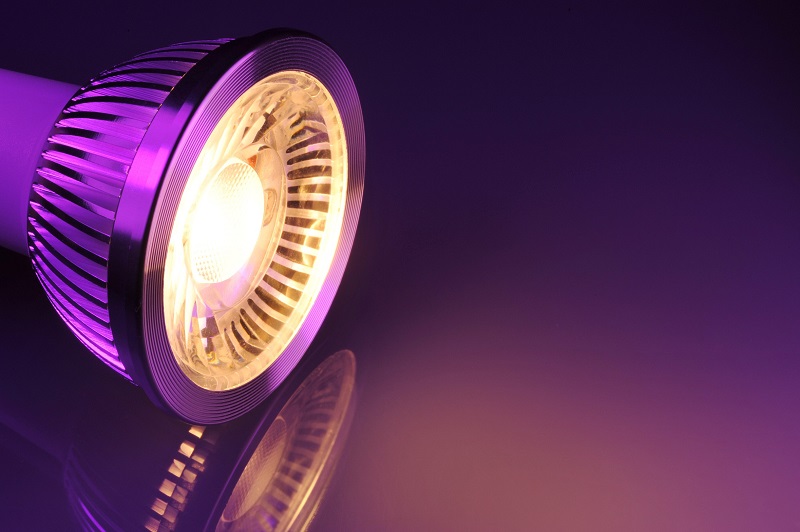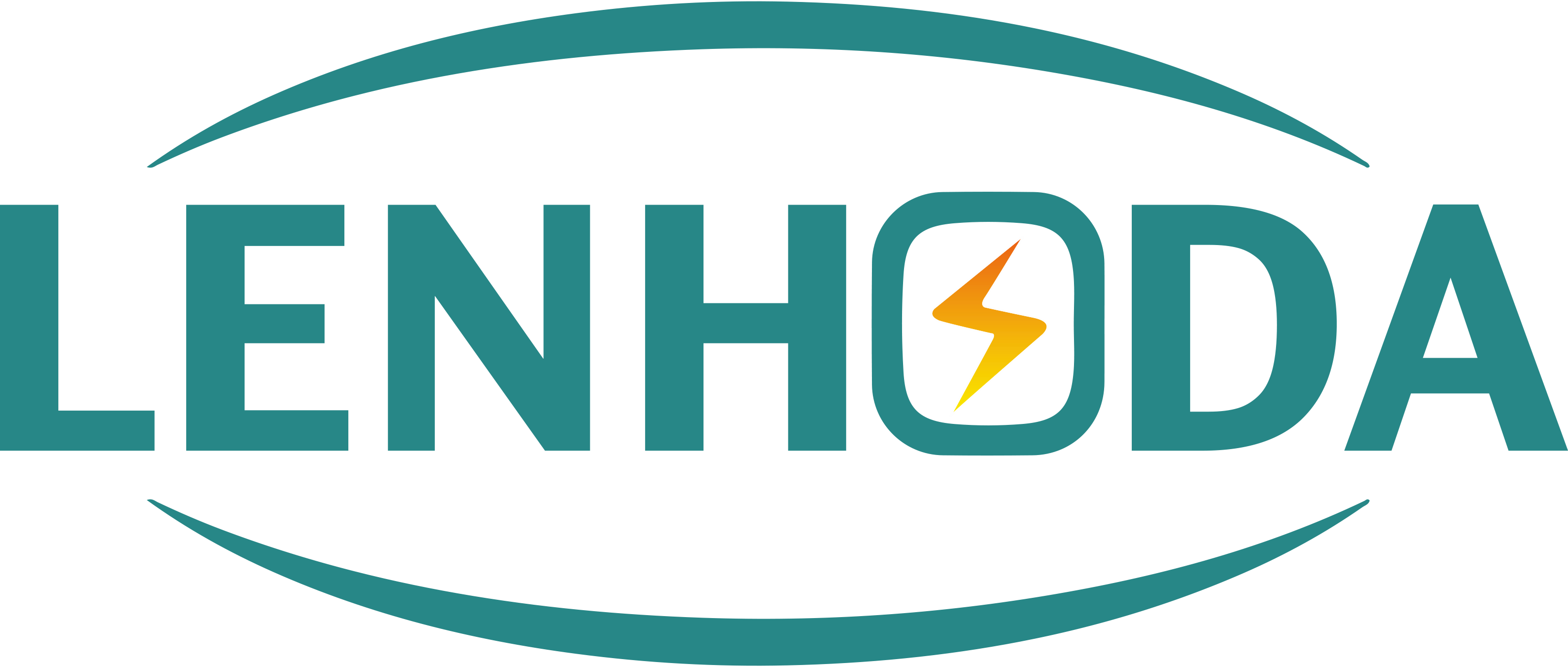
Electrical power supply
The term electrical power supply refers to a system capable of supplying electricity to elements which require this energy to function. The properties of a power supply are defined in current, voltage and frequency.
Beam angle
The light ray diffusion angle designates the angle at which the lighting element illuminates. A narrow angle (30° degrees for example) illuminates a limited surface and is suitable for illuminating small zones. A wide diffusion angle will be required to illuminate larger surfaces.
Lamp base
A lamp base is the metal end enabling the lamp’s attachment in a socket. There are several types of sockets, available in several sizes.
Different socket types include the screw base, bayonet base, pin base and sockets composed of two connectors.
Operating life (of a lamp)
The operating life of a LED indicates the duration after which it starts to emit a luminous flux lower than 70% of its initial flux. Each operating life expressed on the technical data sheets corresponds to operation at 25°C.
Lighting efficiency (lumen per watt: lm/w)
This defines the capacity of a lighting element to generate a large flux from one electrical Watt (W) absorbed. The higher the lighting efficiency, the less electricity the lamp will consume.
IKxx, Shock resistance
The IK index defines the degree of protection of the equipment against physical impact damage (figures increasing from 00 to 10 according to the impact force).
IPxx, Protection rating
The IP index express the degree of protection from the penetration of solid bodies (1st number – protection increasing from 0 to 6) and from penetration by water (2nd number – protection increasing from 0 to 8).
CRI (or Ra): Colour Rendering Index
This index defines the ability of a light to avoid deforming the coloured appearance of the objects it illuminates. For example, sunlight has a CRI of 100.
This index ranges from 0 to 100, and CRI < 60 = poor; 60 < CRI < 80 = correct; CRI > 80 = good; CRI > 95 = excellent.
Lumen (lm)
Quantity of light produced by a source: light emission. The light emission value expressed in the technical data sheets corresponds to the light in lumens leaving the lighting element.
Luminance (candela per square meter: cd/m2)
The light intensity produced or reflected on a given surface. It enables estimation of the glare. Lux (lx) Quantity of light reaching a surface: lighting of this surface.
Colour temperature: Kelvin (K)
Characterizes the apparent colour of the light emitted by a light source, and is expressed in Kelvin.
The colour temperature is low for warm lights and high for cold lights:
<3300K = warm tones; between 3300K and 5300K = natural tones; >5300K = cold tones.
UGR
The unified glare rating (UGR) is a measure of the glare in a given environment. Watt (W) Unit of electrical power. The power consumed over a given period represents the energy used.





 Email Us
Email Us Whatsapp
Whatsapp